
Venus, Crater Posidonius, Supernova 2012cg Spectrum,
M98, NGC4417/4424
Posted: 26 May 2012
Friday, 25 May, was another windy day with gusts to 27mph. There are several wildfires burning in Arizona but none have been close to us. However, Friday afternoon, a small brushfire started on the highway west of the observatory. The local volunteer fire department quickly got it under control. Thanks guys!
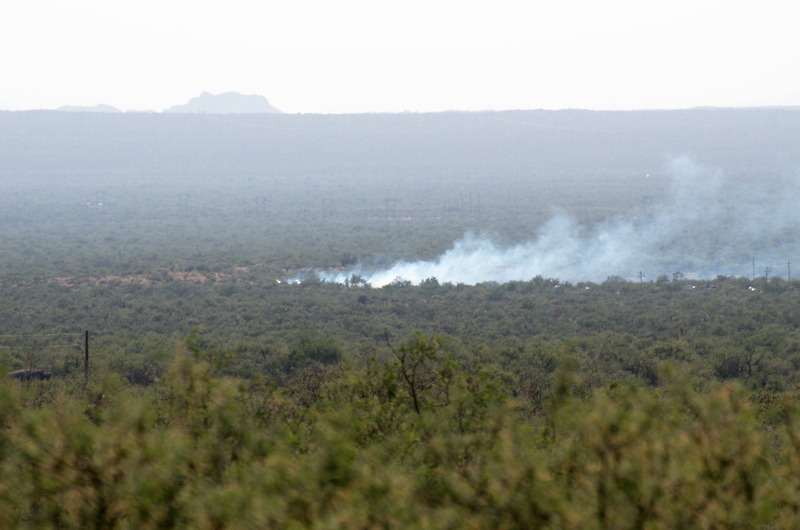
I opened the observatory at 1807 MST, 90°F. The sky was clear but hazy, and there was still a strong wind blowing. At 1814 MST, viewed Venus, 77X and 206X. I then began D7000 DSLR prime focus + 2X Barlow Lens imaging of Venus. This is a stack of 743 frames from an HD video recording, 1/400sec, ISO 500:
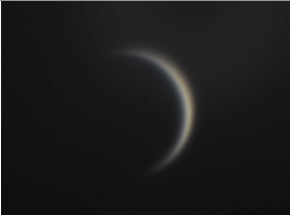
I captured this view of Venus on the D7000 DSLR "Live Screen" using an iPhone 4 (seen in the mirrored "self-portrait"):
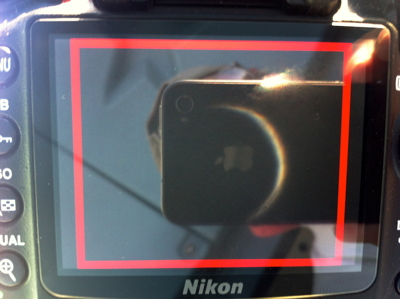
I then spent a long time observing Venus, starting at 364X, decreasing as it got lower in the sky to 267X, 206X, and then 133X. I also viewed Venus using 7x50 binoculars; the crescent phase was easily seen.
At 1925 MST, viewed the moon, 77X and 206X. Seeing was not very good, but I would try for a high magnification image of Crater Posidonius and the surrounding area. There were some nice shadows visible there. This is a prime focus image of the moon, 1/250sec, ISO 500:
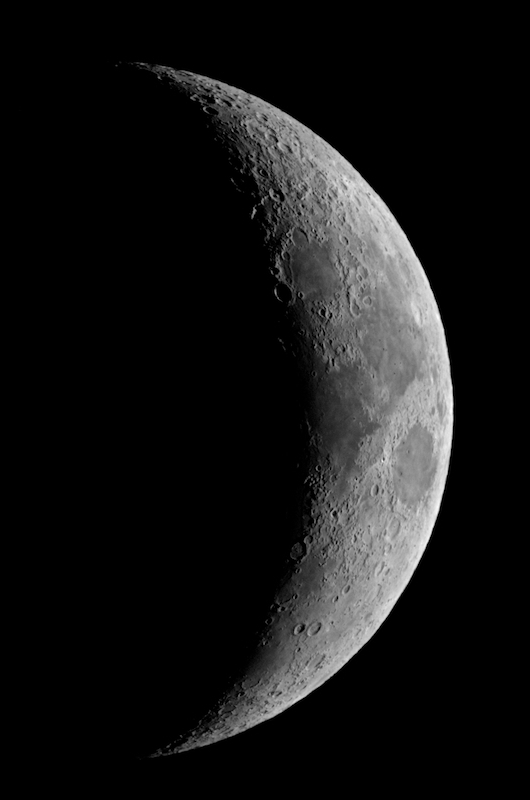
And the view of Crater Posidonius (right) and some great mountain shadows, "Hat Trick", ISO 200:
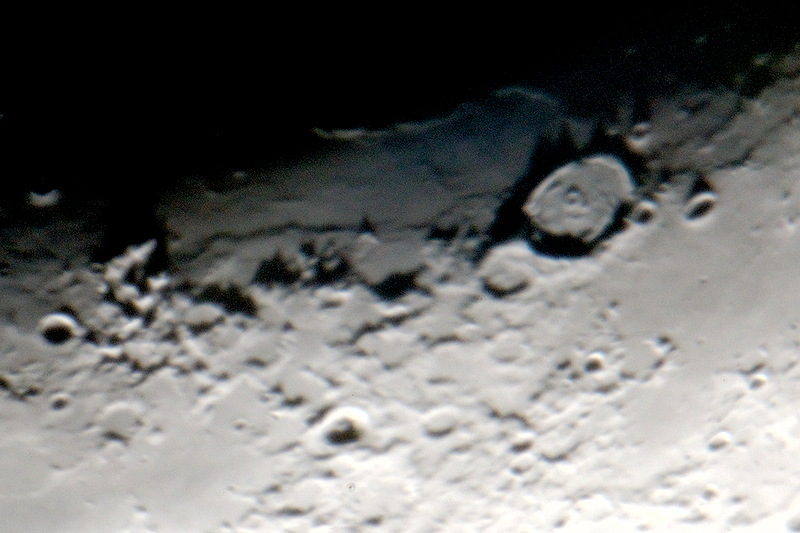
I ended imaging at 1958 MST and began some lunar observing at 267X. Seeing was not very good, but at times the view was very nice. By 2026 MST, seeing was worse and I ended lunar observing. Viewed Mars at 77X, 133X, 206X, and 364X, but due to the poor seeing, nothing was visible on the planet. Went to Saturn, 77X, and could see four moons: Titan, Dione, Tethys, and Rhea.
At 2040 MST, slewed the telescope to NGC4424 and the new Supernova SN 2012cg. The supernova was easily seen at 77X. I would try for a spectum after the moon was lower in the sky. By 2100 MST, the wind had calmed down significantly and at 2115 MST, I began setting up for imaging using the "Star Analyzer". I focused using Saturn, 1/30sec, ISO 6400:

I then began unguided imaging of NGC4424. Unfortunately, I could not identify the stars in the image FOV, so I repositioned the camera to better match the orientation of the previous night's NGC4424 imaging. I then repeated the imaging of the supernova. I also took a short exposure without the "Star Analyzer" to help ID stars. The new orientation helped and I could see that I captured a spectrum of SN 2012cg. Here is an unprocessed image, 1 minute, ISO 6400:

The supernova is the star at the far left of the image and its spectrum is the lower one on the right. However, there is a lot of noise in the image, so I suspect that the lines in the processed spectral image are just artifacts from the noise:
![]()
I will try again on another session to capture a better spectral image.
At 2225 MST, I began setting up for prime focus guided imaging of the M98 galaxy. I wanted to capture a better image than I was able to do on the previous session. After doing some test exposures, hunting for a good guide star, reorienting the camera to locate a better guide star, refocusing, and reframing, I was finally able to capture this (slightly cropped) 5 minute, guided, ISO 6400, image of M98:
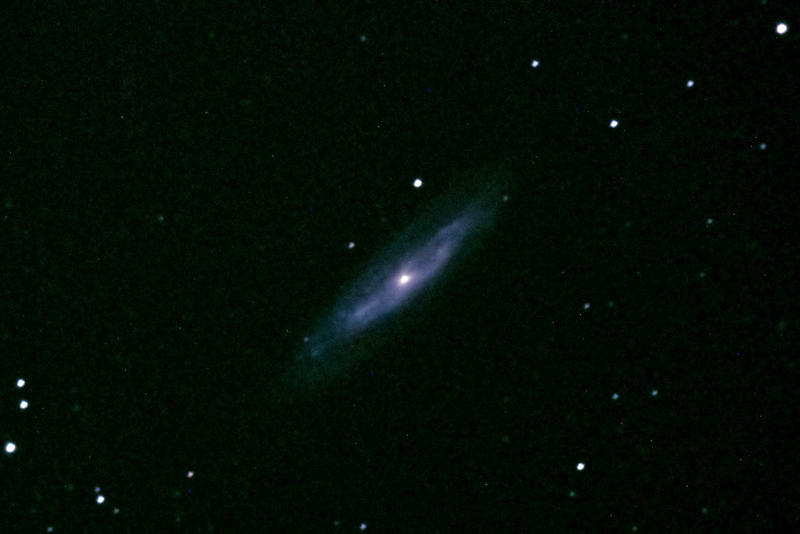
I repositioned the camera, did a focus test exposure on Denebola, and a framing test exposure on NGC4424. I located a good guide star and did this (slightly cropped) 10 minute, guided, ISO 6400 image, showing NGC4417 (left), NGC4424 (right), and Supernova SN 2012cg (arrowed):
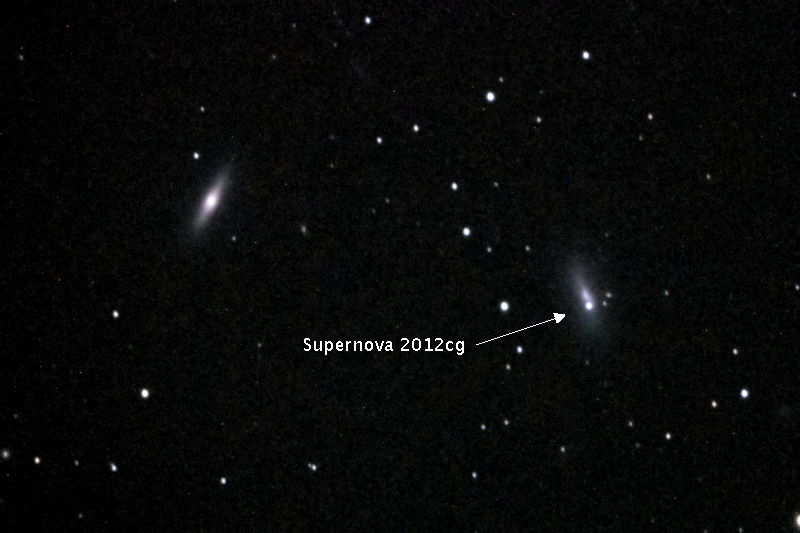
I ended imaging at 2345 MST and began closing up for the night.
Closed the observatory at 0007 MST, 67°F.
Comments are welcome; use the Comments section below, or you can Email Me. Thanks.
Go to the previous report.
Return to the Cassiopeia Observatory Welcome Page.